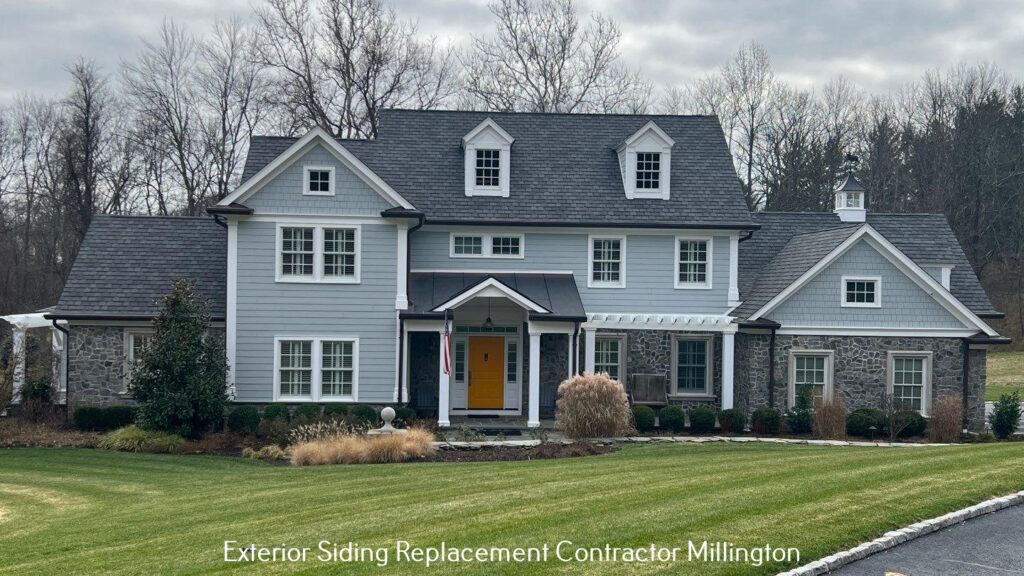Nestled within the lush forests of Berkeley Heights, New Jersey, lies The Deserted Village, a hauntingly beautiful reminder of the region’s rich history and storied past. Once a thriving community, this abandoned settlement now stands as a poignant testament to the passage of time and the enduring legacy of those who once called it home. Visit this link for more information.
Origins and Establishment:
The Deserted Village traces its origins back to the early 19th century when it was established as a bustling hamlet known as Feltville. Founded by David Felt, a prominent industrialist and entrepreneur, the village was intended to serve as a self-sustaining industrial community centered around a mill and factory complex. Felt envisioned a prosperous future for his fledgling settlement, but economic downturns and shifting fortunes would ultimately seal its fate. Read about Discovering Hicks Tract Park: A Hidden Gem in Stirling, NJ here.

Industrial Decline and Abandonment:
Despite initial success, Feltville fell victim to a series of economic challenges, including changes in industry and transportation, as well as the decline of the agricultural economy. By the mid-19th century, the once-thriving village had fallen into decline, with many residents forced to seek opportunities elsewhere. Over time, Feltville became known as The Deserted Village, its abandoned buildings serving as silent witnesses to the community’s faded glory.
Historic Preservation and Restoration:
In the decades following its abandonment, The Deserted Village gradually fell into disrepair, its crumbling structures succumbing to the ravages of time and neglect. However, in the mid-20th century, efforts were undertaken to preserve and restore the remaining buildings as a historic site. Today, The Deserted Village is managed by Union County Parks and Recreation and stands as a living museum, offering visitors a glimpse into the past and a chance to explore the village’s rich heritage.
Architectural Landmarks:
The Deserted Village is home to a variety of architectural landmarks that reflect the village’s diverse history and cultural significance. Notable structures include the historic church, which once served as the heart of the community, as well as the mill complex, where visitors can learn about the village’s industrial past and technological innovations. Other highlights include the general store, schoolhouse, and numerous residential dwellings, each offering insights into daily life in 19th-century Feltville.
Visitor Experience and Interpretive Programs:
Visitors to The Deserted Village can embark on self-guided tours or participate in interpretive programs led by knowledgeable guides who bring the village’s history to life. Exhibits and displays provide context and perspective, allowing visitors to imagine what life was like for the settlers who once inhabited these now-deserted streets. Special events, such as living history demonstrations and ghost tours, offer unique opportunities for immersive experiences and exploration.
Natural Setting and Outdoor Recreation:
In addition to its historic charm, The Deserted Village is surrounded by the scenic beauty of the Watchung Reservation, a sprawling nature preserve that offers miles of hiking trails, picnic areas, and scenic overlooks. Visitors can explore the wooded trails and meandering streams that wind through the reservation, immersing themselves in the natural splendor of this tranquil oasis in the heart of suburban New Jersey.
Conclusion:
The Deserted Village stands as a poignant reminder of the resilience of the human spirit and the enduring legacy of those who came before us. Through preservation efforts and educational programming, this historic site serves as a window into the past, allowing visitors to connect with the stories and struggles of the settlers who once called Feltville home. As a cherished landmark in Berkeley Heights, The Deserted Village invites exploration, reflection, and a deeper appreciation for the rich tapestry of New Jersey’s cultural heritage.
